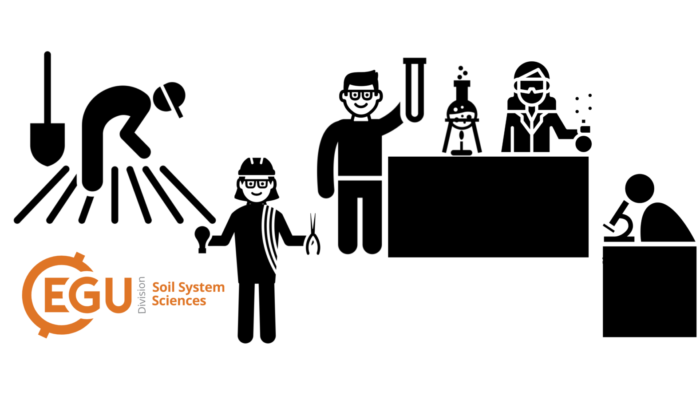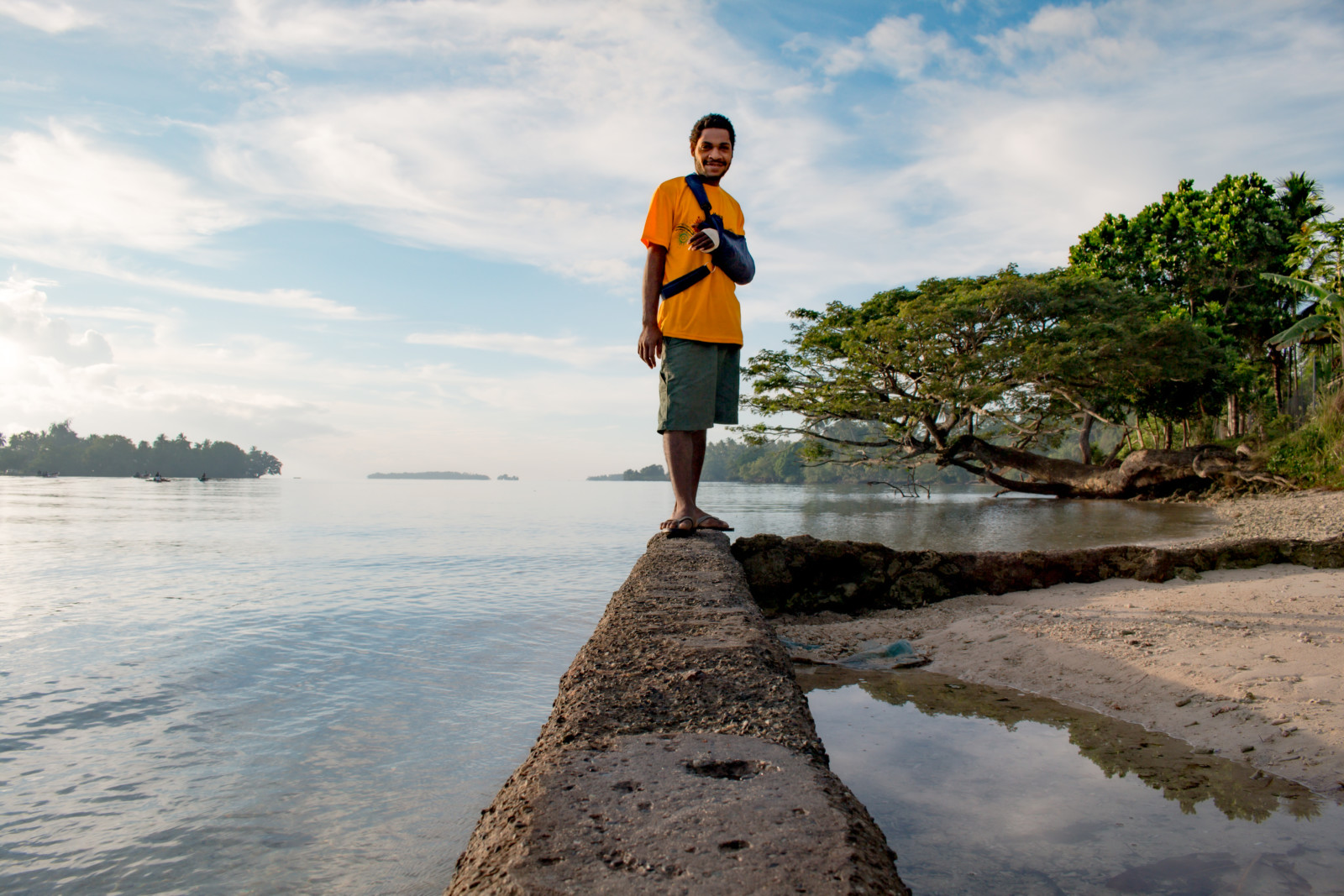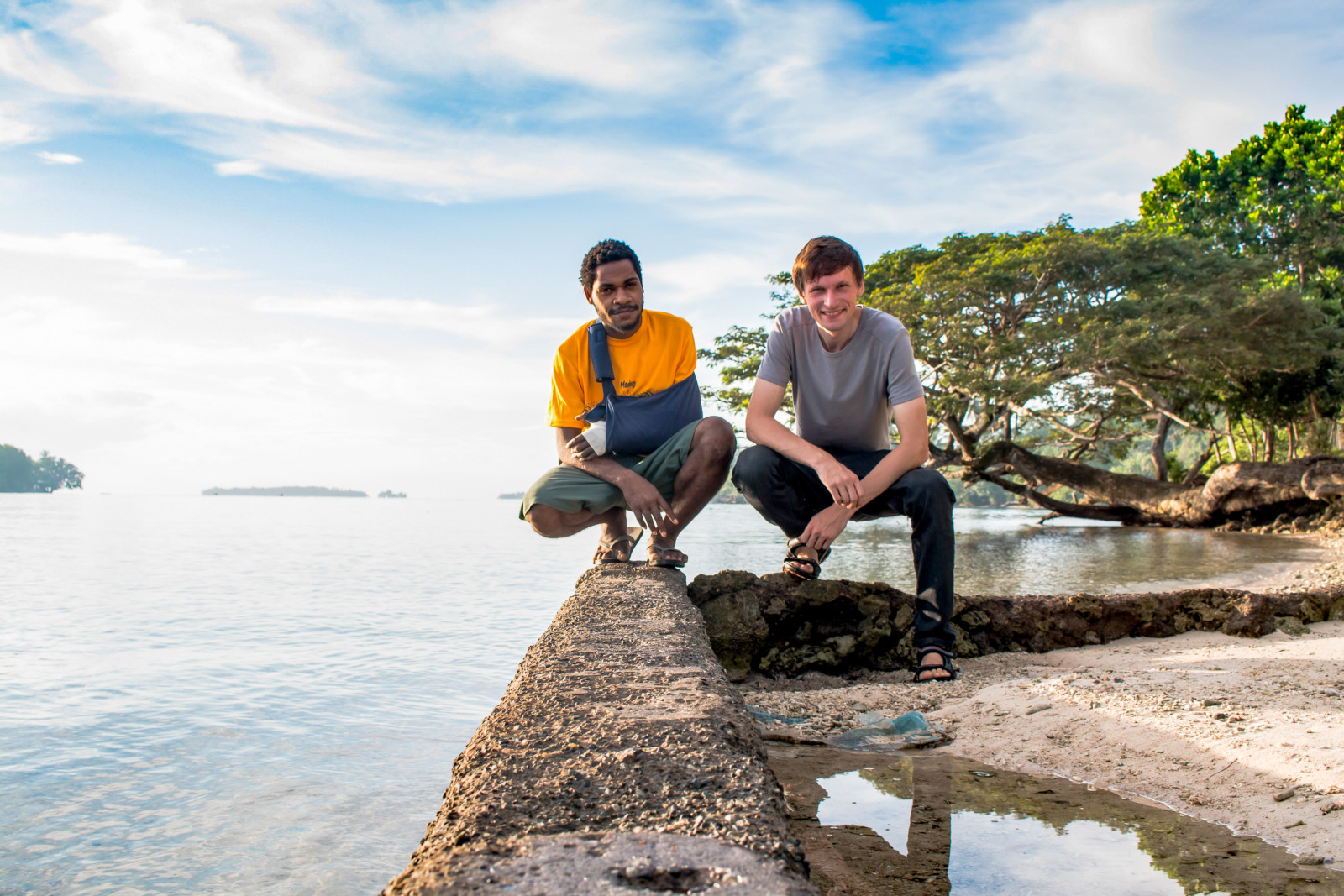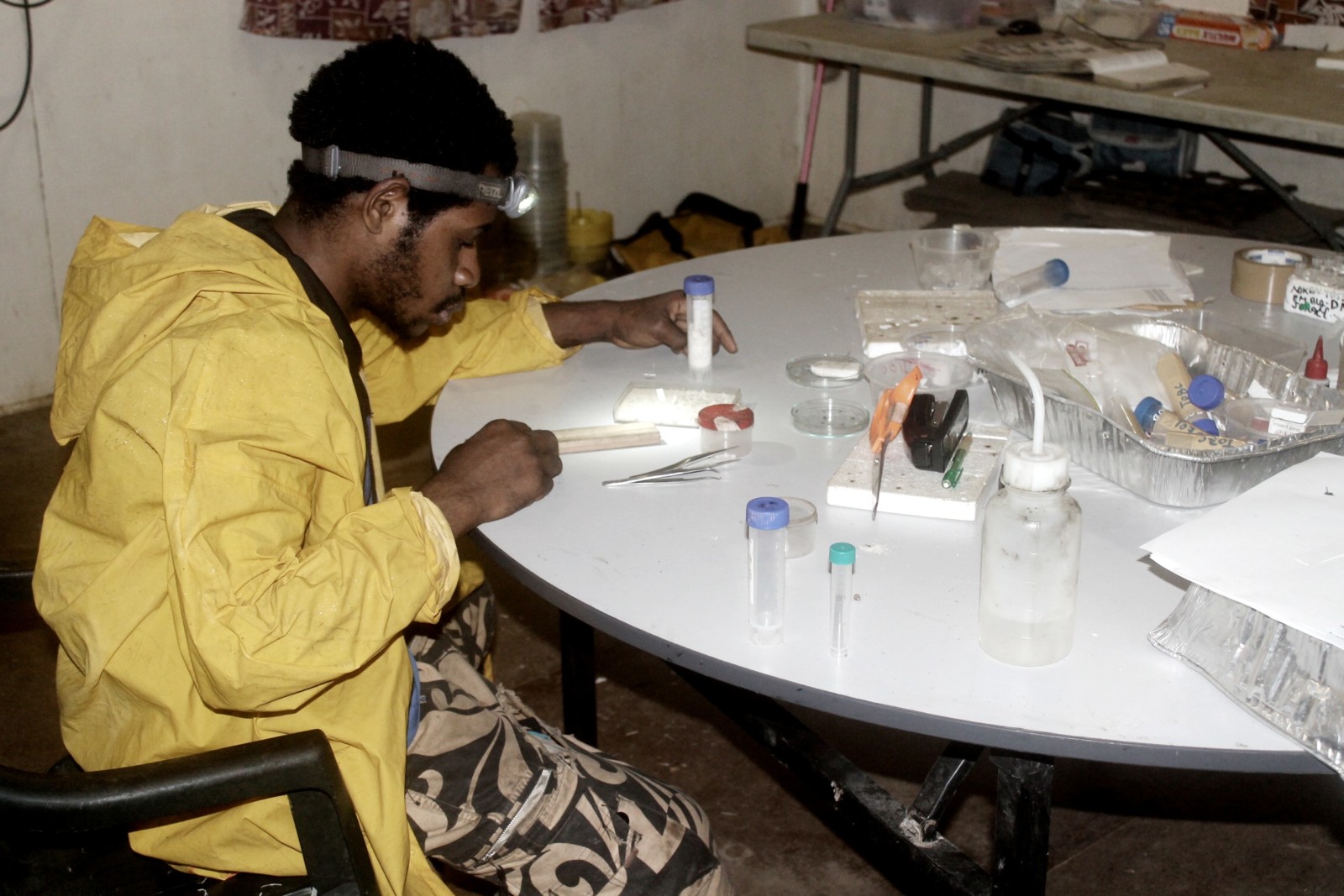
Soils do a lot! From supporting food production and filtering water, to storing carbon, cycling nutrients, and hosting organisms, soils are fundamental for our day-to-day lives. But take a look around you. If you’re like me – sitting in an office at the moment – your feet rest upon a carpeted floor, you’re surrounded by four walls, and the only view out of the window is that of a ribbon of tarmac that meanders past concrete driveways and stone houses. For many of us, soils are simply ‘out of sight’, and so also have the tendency to be ‘out of mind’. Yet, soils work behind-the-scenes, doing indispensable work, usually without us realizing it.
You could argue that a similar narrative takes place in soil science. So many research projects are indebted to the essential, tireless efforts of our research support staff. Whether it’s in the field, or in the lab, many of the most important breakthroughs in soil science would not have come about without the incessant commitment from technicians, laboratory assistants, and research support teams.
Our technicians are indispensable for ‘holding up the fort’: keeping our laboratories afloat, maintaining our facilities, and ultimately making research happen. Yet, seldom are they formally or meaningfully acknowledged. They work tirelessly for many projects, but they rarely land authorship on papers (though their names may find their way to the acknowledgements). Neither do they get asked to speak about major findings on press release day, nor stand at the podium at international conferences. We may reflect on the ease and willingness with which our research support staff continually mould and re-mould to adapt to different research teams and contrasting projects on a day-to-day basis, and sometimes even more frequently than that!
However, it is hard to define a technician’s role. Although academia comprises many well defined positions, technicians are getting lost in the field (not literally, although that may also happen). Their roles and specific responsibilities are highly diverse but the common aspect is that they work closely with academic researchers undertaking many vital tasks the importance of which is often neglected. Adding to the complex picture, people can also wear both hats at the same time – e.g. half-time performing research and/or teaching, half-time working in the lab or managing it. It is also not uncommon to transition from the role of a researcher to the role of a technician and vice versa, with its specific advantages and challenges.
Let’s take a moment to find out more about the diverse lives of research technicians. Each month, we’ll spotlight a technician in soil science from around the world, and find out a little of their roles and responsibilities behind the scenes. If you’re a technician, or if you’d like to nominate a technician for this feature, please email: Daniel.L.Evans@cranfield.ac.uk.
Technician of the Month #1
Ruma Umari – Paraecologist at NGBRC, Papua New Guinea

Photo credit: Jaroslav Kukla
Hello Ruma, thanks so much for agreeing with this interview! Can you start by telling us more about your position and your main responsibilities?
I am currently working as a paraecologist at the New Guinea Binatang Research Centre (NGBRC). My responsibilities include field research implementation, monitoring, and sampling and laboratory work including sorting, identification, and databasing.
What is a paraecologist?
Paraecologists are professionals with local knowledge, trained in one or more fields of ecology. Paraecologists contribute to scientific research and local capacity development as well as enhance communication between local and scientific communities.
What made you want to be a paraecologist?
The influence of my community and researchers that worked with my community has triggered my interest in the science career as it mostly complemented my traditional knowledge of the environment and nature I grew up in. The traditional skills and knowledge imparted by my culture have benefited me a lot into enjoying the job I do today as a paraecologist.
What would you say is the most exciting aspect about being a paraecologist? Do you also work with soil?
As a local research technician I have the privilege of working with different projects of varying types and I have been also involved in some soil study in which I assisted with collecting soil and forest floor (decomposing plant debris) samples in garden areas. The researchers shared their knowledge of the different soil structures, soil profiles and the physical properties which I have come to grasp in my capacity. The most important lesson I have gathered is to be able to understand the soil use and its fertility and management for better crop yields.
What would you say is the most challenging aspect of being a research technician in soil science?
From my observation, the most challenging aspects of being a research technician when being involved in soil study and others is the approach to the landowner and the local communities, the importance of proper awareness and involvement. We carry out the studies with the researchers and in the area and we remain with the community for the long run while the researchers come for their study and go and as local paraecologist we strive to maintain good positive connections with the communities and the locals so that it opens and accommodate us for new researchers coming into the area.
What is the one thing you wish soil scientists would do (or do more) when they work with technicians?
Provide proper tools and materials, proper instruction and information and promote a good peer between both soil researchers and the technician.

Ruma Umari’s help has been greatly appreciated by many researchers conducting their research in Wanang, such as Jaroslav Kukla (right, photo credit).
Is there anything else you would like to share with the soil science community?
From my experience, scientists – especially those coming to Papua New Guinea (PNG) from abroad – must adapt or blend in with our indigenous culture, traditions and lifestyle so that they earn respect and enable us local communities, paraecologists, technicians and assistants to unreservedly provide information and support to achieve the objective of the study.
Thanks so much for sharing all of this with us, Ruma! We wish you all the best in your future work!
Edited by Olga Vindušková
References
[1] Featured image created by Olga Vindušková using icons created by Louis Prado, Adrien Coquet, ProSymbols, and iconixar, from Noun Project


Morrel
I think EGU BLOGS is good for Scientists to share their research, exchange within a given community. I am not pedologist, but in my research I worked on soil samples.
EGU should continue incentivize Scientists no matter levels they have,…
Nonetheless I appreciate your effort.
Muluye Tafere
it very nice and basic